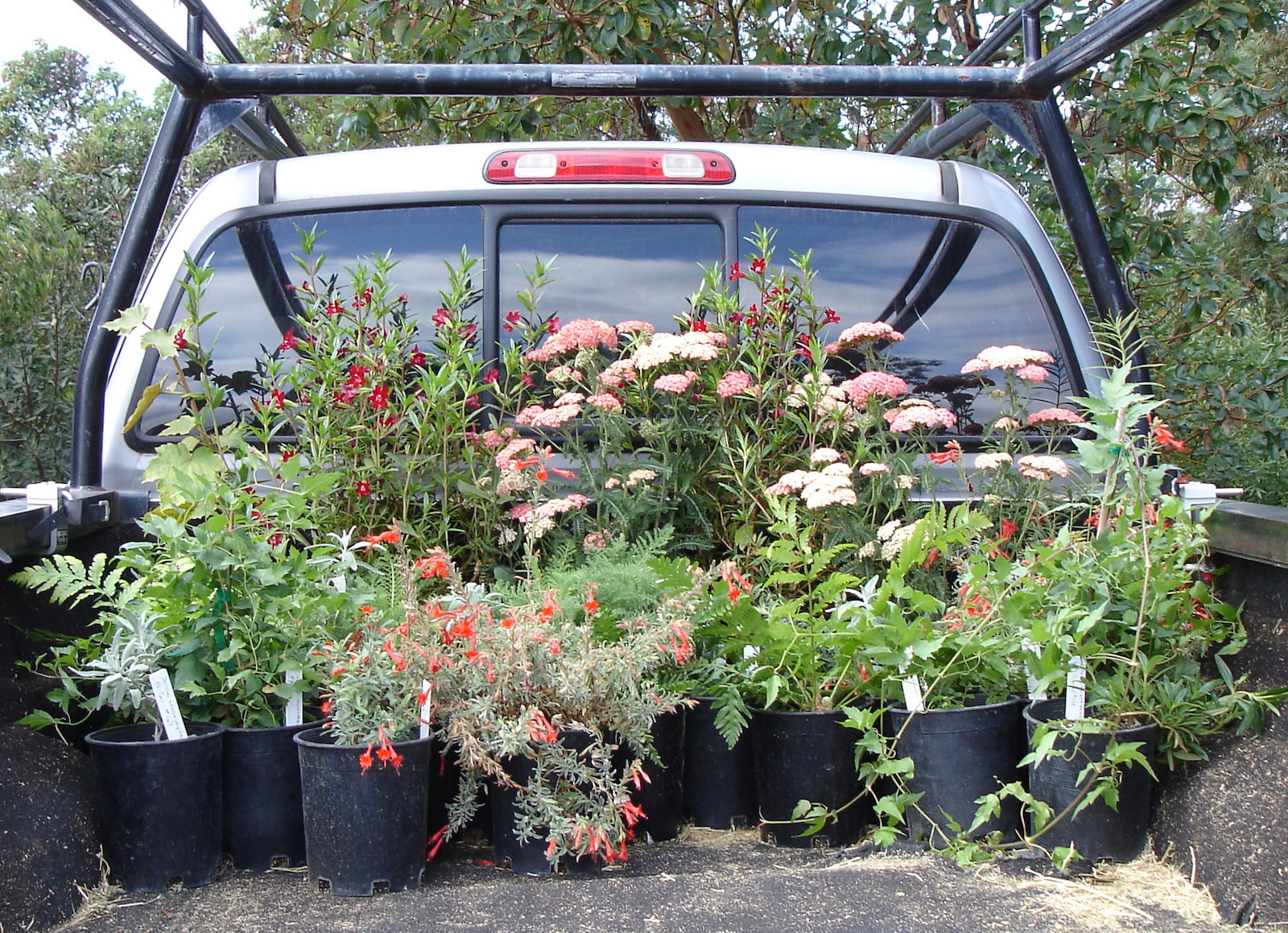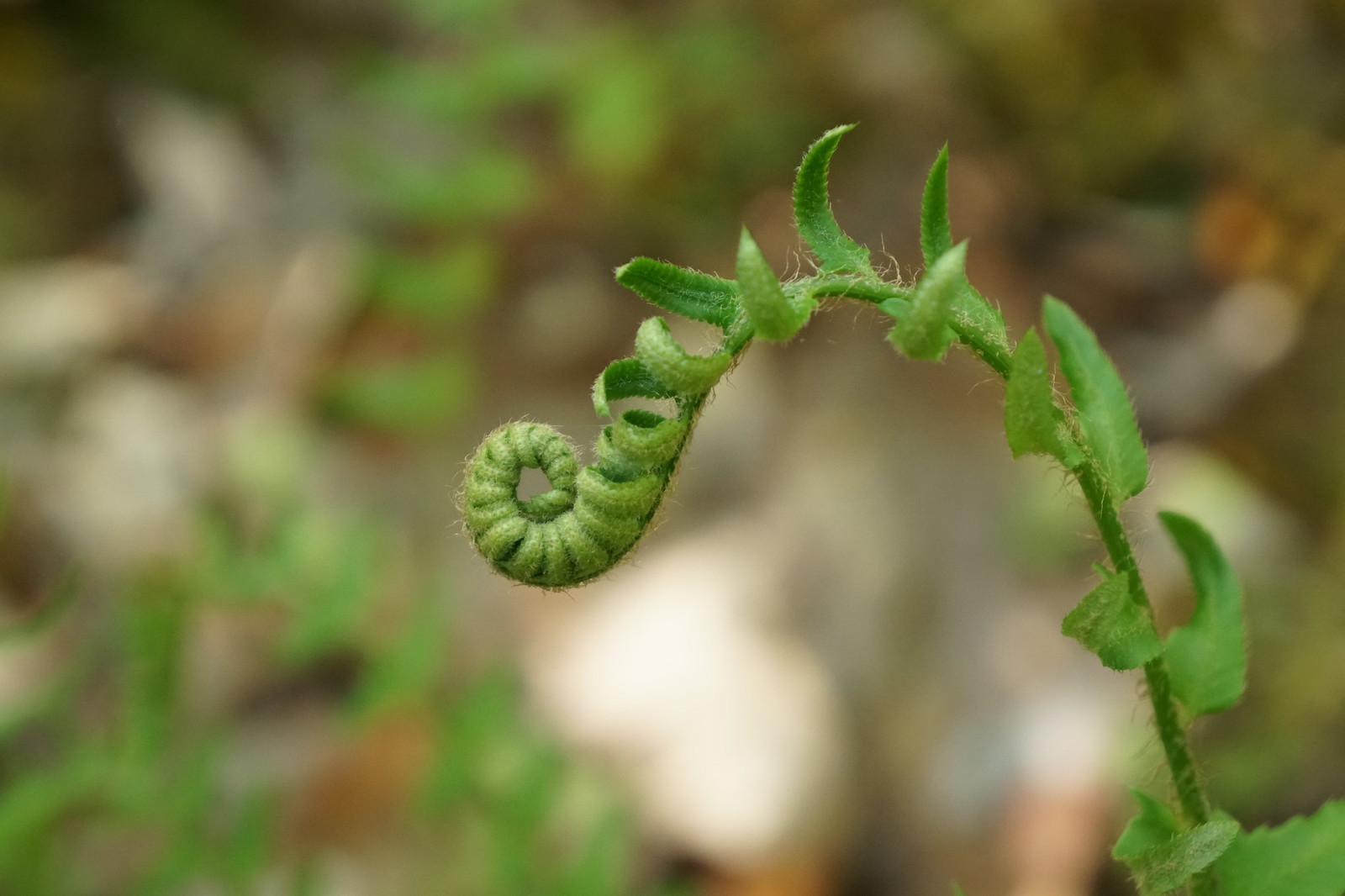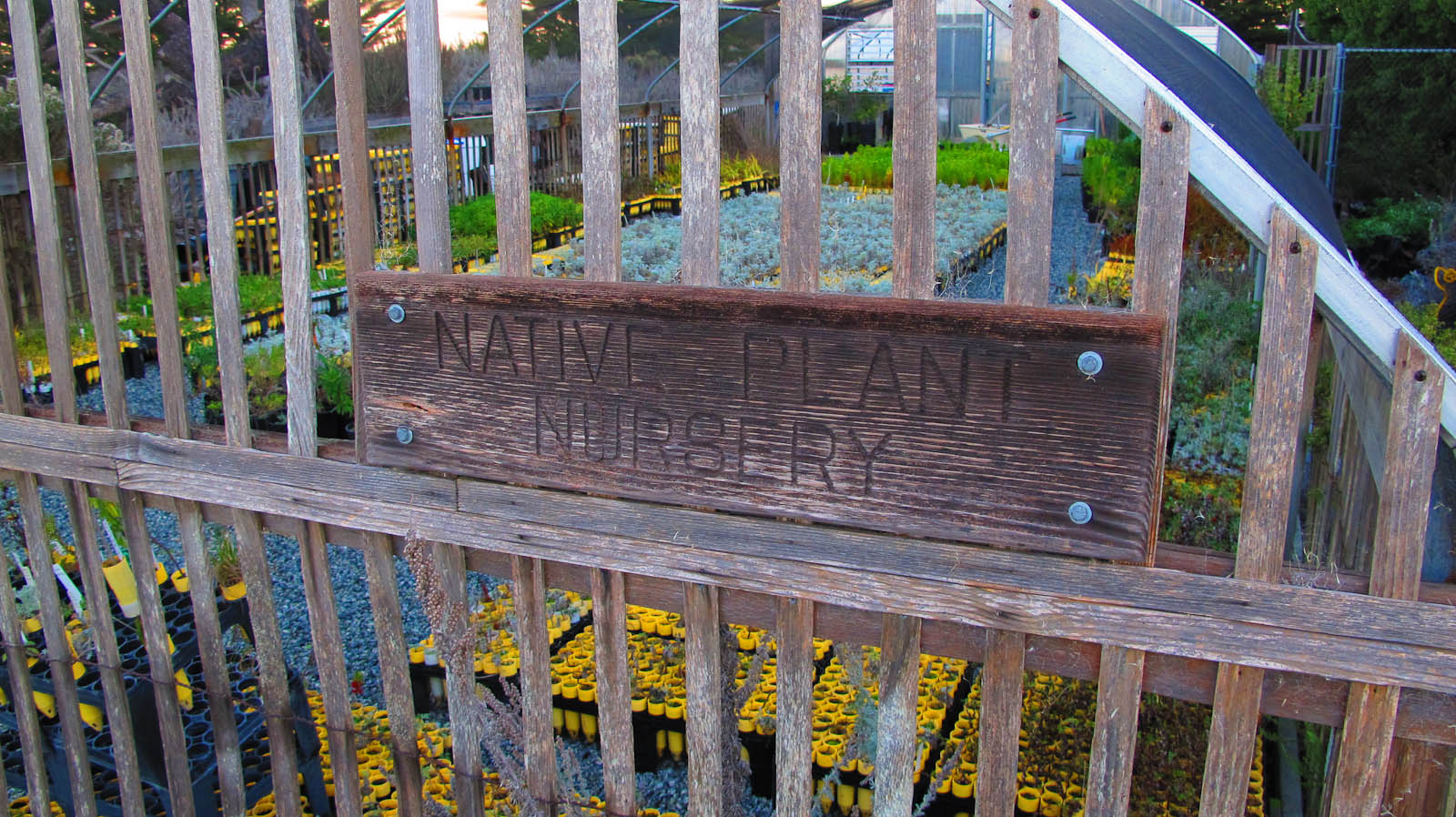Take a walk through your local woods, field, or swamp at different times of the year and you’ll find a host of gorgeous plants. Spring ephemerals pop their heads out from under the woody loam for a limited time only. Prairie wildflowers explode with color on the hottest days of the summer. Ferns unfurl in rich, damp soil. Above and below them, creatures fly, flutter, and scurry, taking shelter and finding food.
Native plants grow naturally within a given range without human introduction. These plants have co-evolved together with native animal species, providing them with the best sources of food and shelter possible. But in many places, construction and invasive plants remove or choke out native species, with ripple effects for entire ecosystems. Planting native can help biodiversity thrive with a wide range of benefits for your garden..

Why plant native?
Many of the most commonly seen plants in US gardens don’t seem exotic, but they actually are: daffodils originate from Europe; tulips from central Asia; and dahlias from Mesoamerica. While these gorgeous garden staples certainly have their place in your garden, many don’t provide adequate food or shelter for native birds or other animals. Some plants, like English Ivy and Norway Maple are downright invasive, and if they escape from yards where they’re planted into the natural habitat of native plants, they can displace or choke them out.
Incorporating native plants into your garden can have a range of benefits. Native plants attract pollinators, helping all the other plants in your garden reproduce. They also draw in native birds and predatory insects, who help control garden pests.
Another huge benefit? Many native plants are exceptionally low maintenance. They don’t require as much water, pesticide, or fertilizer as non-native plants, as they are well adapted to the environment in which they are being planted. Many native plants develop deep, strong root systems that keep soil from getting compacted, help manage rainwater runoff, and prevent soil erosion and flooding.
Native plants do take some time to get established, but once they are, they can bloom year after year. Many native plants naturalize and spread, which is great for large spaces. One word of caution: some vigorous spreaders are best kept in a contained area where they won’t overrun other plants.

Planning your garden
When you begin your research into native plants, you might find yourself overwhelmed. Maybe you have a set of perennials already flourishing, or you always buy the same annual bulbs each year. As you get started, think about how you might start small with incorporating native species into your existing garden. Perhaps you want less lawn to mow. Convert a section of your sunny space into a native wildflower prairie. Have a shady corner where nothing likes to grow? This would be a perfect space to begin cultivating a woodland garden, filled with virginia bluebells and bloodroot, wild geraniums and poppies. Or maybe some of your land is downright swampy. Ferns and other wetland plants will thrive here!
You could also consider bringing in native plants as companion plants for your vegetable garden. One easy way to do this is to plant a pollinator garden next door to your veggies. Or you can take a more targeted approach by incorporating native plants within your veggie garden, or in containers on its borders. Goldenrod is one great choice, as it’s native to much of the continental US, and a great companion plant to bring in pollinators. It is also a host to predatory wasps that eat aphids, mealybugs, and scale. Plus, goldenrod plays a key role in monarch migration. Find a berry-producing bush native to your region that birds like to snack on and they’ll be sure to feast on garden pests as well - like the green caterpillars terrorizing your brassica crop. Purple vetch is a great native cover crop option that fixes nitrogen in the soil just like non-native clovers.
If you’re living in an apartment, never fear, there are native plant options for you too. Pick up a container that fits your front stoop, balcony, or window and select a few plants that are right for your light level and pot size. Plenty of butterfly-attractant perennials can be planted in medium-containers, as can shrubs and ferns. Violet and wood phlox can thrive in window boxes. Missouri Botanical Garden has great inspirational graphics for how to combine different native plants in one container to create interest.

Ethically sourcing native plants
As native plants become more and more in demand there are many misleading claims to wade through online. Some online shops sell wildflower seeds and “native plants” whose range might not really line up with your physical location. At the same time, the National Park Service reports an increase in poaching native wildflowers. When buying online, make sure you’re doing your due diligence to understand how the seeds or plants you’re purchasing have been sourced. Ideally, you want somewhere that has a nursery operation and is propagating plants themselves rather than digging them from the wild, which can put endangered species more at risk.
Finding a local nursery that ethically cultivates native plants will be your best bet when you begin your native plant journey. Staff at these nurseries can help you to pick the plants best for your environment. If you’d prefer to do it yourself, you can start with this native plant finder to identify which plants you want, and then find seeds online. For the most advanced gardeners, get to know your ecoregion and grab a relevant planting guide. Most importantly, have fun learning about native ecosystems, and watching them begin to take root in your yard.
